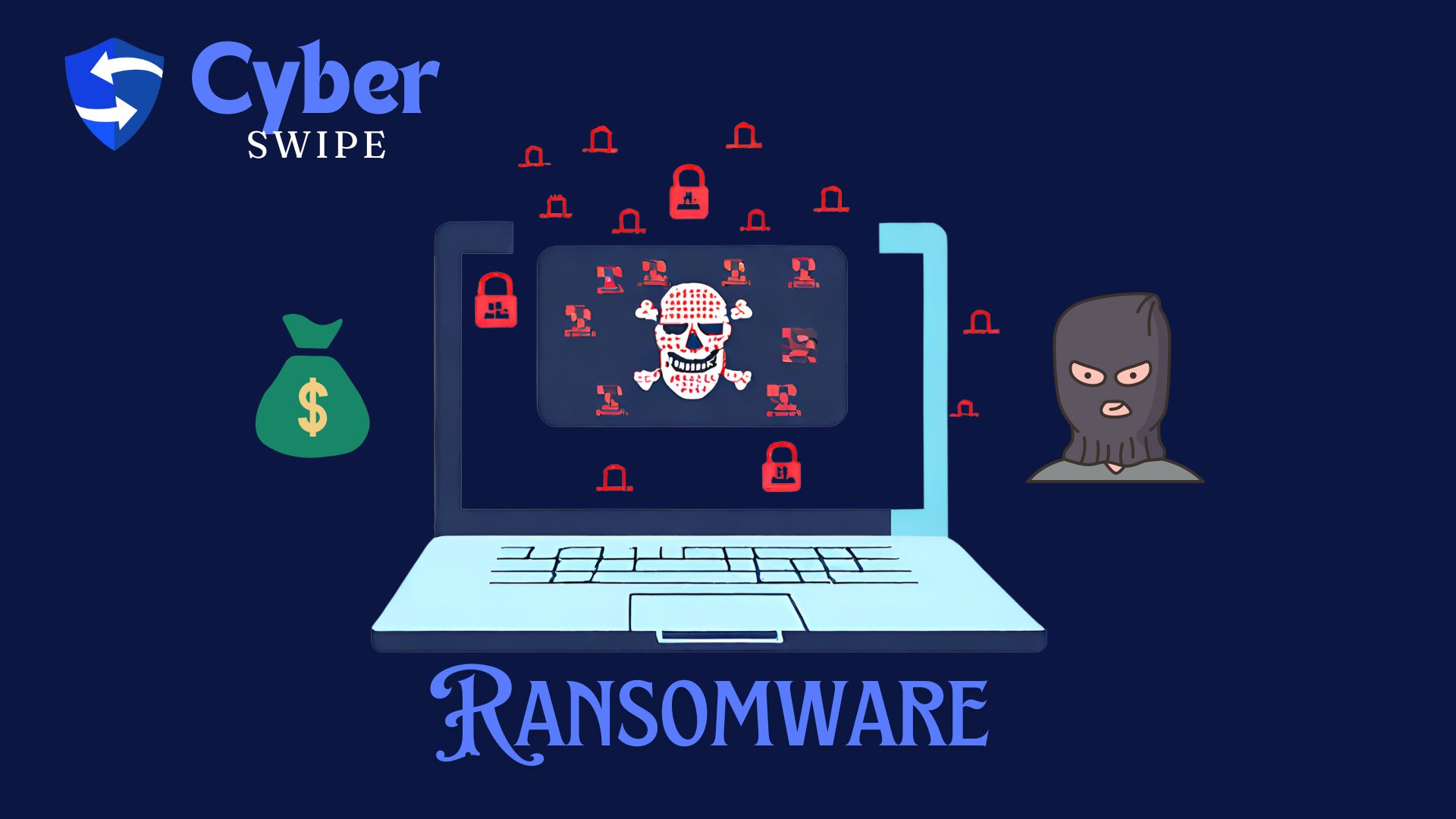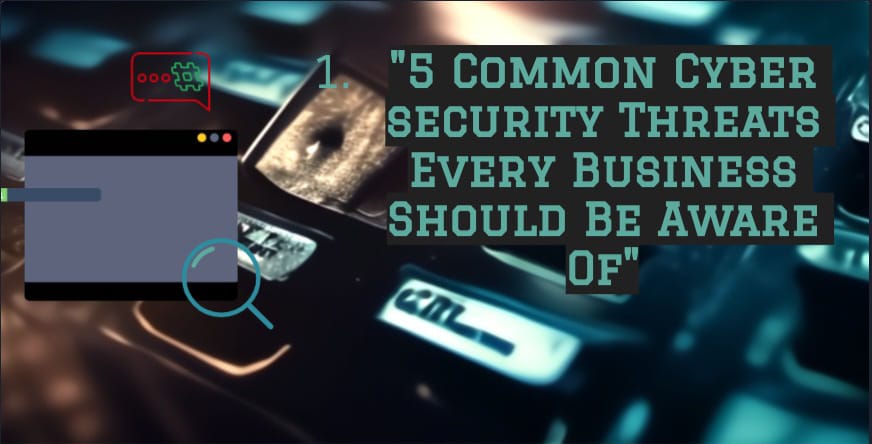Let’s commit to being proactive and protective, ensuring our digital spaces remain safe and secure for everyone.
Introduction
Welcome to the digital battlefield of cyber security, where phishing remains one of the most effective weapons used by cyber criminals. Phishing is a deceptive practice, aimed at tricking individuals into disclosing personal and sensitive information. These scams commonly occur via email but can also appear as texts or through social media platforms. Understanding the mechanics of phishing and recognizing its signs are crucial steps towards safeguarding your data. In this blog, we’ll dive into what phishing entails, discuss various types and provide you with actionable tips to protect yourself from these online predators. Stay tuned as we navigate through the murky waters of online scams and explore effective strategies for email security and data protection.
Understanding Phishing

Definition of phishing
Phishing is a cybercrime in which individuals are contacted by email, telephone, or text message by someone posing as a legitimate institution to lure individuals into providing sensitive data such as personally identifiable information, banking and credit card details, and passwords. The information is then used to access important accounts and can result in identity theft and financial loss.
Common types of phishing attacks
Phishing attacks come in various forms, each with a unique method of tricking the victim:
– Email Phishing: The most common type, where fraudsters send emails that appear to be from reputable companies to steal personal information.
– Spear Phishing: Unlike bulk phishing, spear phishing targets specific individuals or companies, making it more personalized and difficult to detect.
– Whaling: This type involves targeting high-profile figures like C-suite executives with more sophisticated attacks.
– Smishing and Vishing: Smishing uses SMS texts, and Vishing uses voice calls to trick victims into providing personal information.
– Clone Phishing: Here, a legitimate and previously delivered email containing an attachment or link is duplicated, but the attachment or link is replaced with a malicious version and then sent from an address resembling the original sender.
How Phishing Works
Process of a typical phishing attack
The process of a typical phishing attack can be outlined in several stages:
1. Planning: Cybercriminals identify the target and choose the type of phishing attack.
2. Setup: The attacker prepares the phishing message designed to look as legitimate as possible, mimicking the tone and style of communication from a real entity that the target trusts.
3. Distribution: The phishing communication is sent out to the unsuspecting individual. It could be an email, a text message, or a phone call.
4. Hook: Inside the message, there’s usually a link or an attachment that the recipient is urged to click on or download, claiming urgency or some other form of incentivization.
5. Information Theft: Once the link is clicked or the attachment opened, malware is often installed that begins to harvest the victim’s personal data, or the victim is redirected to a fraudulent website which asks them to enter their information.
6. Exploitation: With the acquired data, attackers can carry out identity theft, unauthorized purchases, or even sell the information on the dark web.
Techniques used by cybercriminals in phishing
Cybercriminals use several sophisticated techniques to enhance the success of their phishing attempts:
– Spoofed Email Addresses and Websites: Fraudsters make emails and websites appear incredibly legitimate by using addresses and designs that closely mimic those of genuine institutions.
– Social Engineering: This involves manipulating the victim into performing certain actions like clicking on a link or sharing confidential information.
– Urgency and Fear: Phishing messages often convey a sense of urgency or threat (e.g., claiming that your account will be closed unless action is taken immediately) to panic the victim into reacting quickly without much thought.
– Typosquatting: Cybercriminals register domains that are typographically similar to well-known ones to deceive the careless eye into believing they are visiting a trusted website.
Understanding these techniques and the overall phishing process can help individuals and organizations develop more effective strategies to prevent phishing and protect sensitive information.
Consequences of Falling Victim to Phishing
Impact on Individuals
When individuals fall prey to phishing attacks, the consequences can be severe, spanning from financial loss to severe emotional stress. Phishers often aim to steal personal information, such as credit card details, social security numbers, and login credentials. The immediate effect is usually financial fraud, which can lead to significant monetary losses before the victim even realizes what has happened. Long-term impacts include a drop in credit score and complications in securing loans or other financial services. Victims also face the daunting task of rectifying the damages caused by identity theft, which can be exhausting and time-consuming. Additionally, the emotional toll is prominent, with victims often reporting feelings of violation and prolonged anxiety concerning their personal security.
Impact on Businesses
For businesses, the repercussions of phishing attacks can be catastrophic. Beyond the direct financial losses due to stolen funds or unauthorized transactions, companies can suffer breaches of sensitive data, which might include employee information, customer databases, and proprietary business data. Such breaches often lead to reputational damage that can gravely affect customer trust and business relationships. There are also legal ramifications to consider. Businesses might face lawsuits or hefty fines if it is found that they failed to protect their customers’ data adequately. Moreover, the time and resources needed to address the breach, including efforts to bolster security measures post-incident, can divert focus from normal business operations, impacting productivity and profitability.
Recognizing Phishing Attempts
Warning Signs of a Phishing Email
Phishing emails can often be recognized by specific tell-tale signs. These include:
– Suspicious Sender Addresses: Check if the email comes from a public email domain or a misspelled domain name that mimics a reputable source.
– Urgency and Threats: Phishing attempts often create a sense of urgency, urging you to act quickly, usually with threats of dire consequences if you don’t comply.
– Grammar and Spelling Errors: Professional organizations have editorial standards, and blatant typos or grammatical errors in emails could indicate phishing.
– Unsolicited Attachments or Links: Be wary of emails that prompt you to download attachments or click on links, especially if you were not expecting them.
Tips to Spot a Phishing Website
Identifying a phishing website can be tricky, but there are several indicators to help you spot one:
– Check the URL Carefully: Look for subtle misspellings, or a domain that uses misleading characters. Secure websites often start with “https://”.
– Look for Trust Seals: Genuine websites often display security certifications like VeriSign or McAfee Secure. However, ensure these are not just images planted to deceive; they should link to the certifier’s website.
– Poor Website Design and Layout: Phishing websites often look unprofessional and rushed. Look for poor resolution images, awkward formatting, and outdated design.
– Limited Contact Information: Suspicious websites may only offer limited contact options, if any. Legitimate businesses typically provide multiple ways to be contacted.
Understanding these signs and remaining vigilant can significantly reduce the risk of falling victim to phishing scams, protecting both individuals and businesses from potential damage.
Preventing Phishing Attacks
Importance of email security protocols
In the digital era, adopting strong email security protocols is pivotal in preventing phishing attacks. These attacks typically start with deceptive emails that cleverly mimic legitimate sources to steal sensitive data. Implementing email security measures such as using encrypted email services and multi-factor authentication (MFA) can significantly reduce these risks. Encryption ensures that the content of your emails remains unreadable to anyone but the intended recipient. On the other hand, MFA adds an additional layer of security by requiring two or more verification factors, which makes unauthorized access considerably more challenging for cybercriminals.
Best practices for data protection
Protecting your data from phishing schemes involves more than just technical solutions; it requires vigilance and a proactive approach. Here are some best practices:
– Educate yourself and others: Be aware of the most common signs of phishing emails, such as poor spelling, high-pressure language to act quickly, and unexpected attachment or links.
– Verify sources: Always double-check the sender’s email address for any anomalies and verify the source before clicking on links or downloading attachments.
– Regular updates: Keep your software and systems updated. Cyber attackers often exploit vulnerabilities in software that could be mitigated with updates.
– Backup your data: Ensure that you regularly back up your data. This not only aids in recovery in case of a data breach but also reduces the potential impact of ransomware or other malicious attacks.
Tools and resources to enhance online security
Several tools can help bolster your defenses against phishing. Antivirus software, firewalls, and email filters can automatically detect and block suspicious activity. Additionally, using services like Web of Trust (WOT) can help you identify risky websites, and password managers can ensure that your passwords are both strong and secure. Consider investing in comprehensive cyber security software that provides real-time protection and tailored threat intelligence to stay ahead of cyber criminals.
Responding to a Phishing Attempt

Steps to take if you suspect a phishing attack
If you suspect that you’ve received a phishing email, it’s crucial to act swiftly to mitigate any potential damage:
– Do not interact with the email: Do not click any links, download attachments, or reply to the message.
– Report the email: Utilize the reporting features provided by your email provider. This can help them enhance their security filters and protect other users from similar threats.
– Scan your computer: Run a full system scan with your antivirus software to check for any intrusions or malware that might have been activated unknowingly.
Reporting phishing attempts to relevant authorities
Reporting a phishing attempt is a critical step not only in protecting yourself but also in helping the broader community combat cybercrime. In the United States, phishing emails can be reported to the Federal Trade Commission (FTC) through their website. Additionally, you should alert your workplace’s IT department if the phishing email appeared to target your work email. These actions help authorities track phishing trends and issue warnings, which can prevent further attacks.
Conclusion
In the fast-evolving world of cyber security, staying informed and vigilant about phishing scams is crucial. By understanding the nature of phishing attempts and implementing the provided safety measures, you can significantly reduce your vulnerability to these online threats. Prioritise your digital hygiene by carefully scrutinising emails, using updated security software, and educating others about the importance of data protection. Let’s commit to being proactive and protective, ensuring our digital spaces remain safe and secure for everyone.




Hi
As a Newbie, I am continuously exploring online for articles that can be of assistance to me. Thank you
Amazing bro this is very interesting